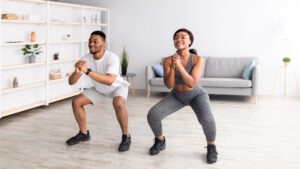There you are, sitting on the couch, with a remote in hand, thinking, “I should do exercises! But I’m exhausted!” Fatigue is a typical issue doctors hear from their patients. Experts believe that increasing your physical activity rather than decreasing it is the greatest remedy for fighting fatigue and boosting energy. You don’t have to do some complex exercises to boost your energy. Research shows that exercising for thirty minutes is enough to boost your energy and improves your overall mood1. Running, walking, yoga, High-intensity interval training, and weight lifting are some of these exercises that you can perform easily. So, continue reading if you want to know about what these exercises do and how you should include these exercises into your daily routine.

When you’re fatigued, going for a walk may provide a more effective energy boost than getting a cup of coffee. Walking improves the flow of oxygen throughout the body. Additionally, it can elevate norepinephrine, cortisol, and epinephrine levels2. These are the hormones that contribute to increased energy levels.
All you need is a pair of durable shoes to get started walking. Choose a walking path that is close to your home. Additionally, you can invite a friend or family member to accompany you on your walk.
Some yoga poses are good to relieve fatigue and regulate the hormone cortisol – too little of which may zap your energy. They are the most affordable method of bringing the body into a relaxed state and increases energy by regulating hormones. Yoga enhances the body’s ‘prana,’ or life force energy, by eliminating obstructions along the spinal cord and rerouting the energy flow.
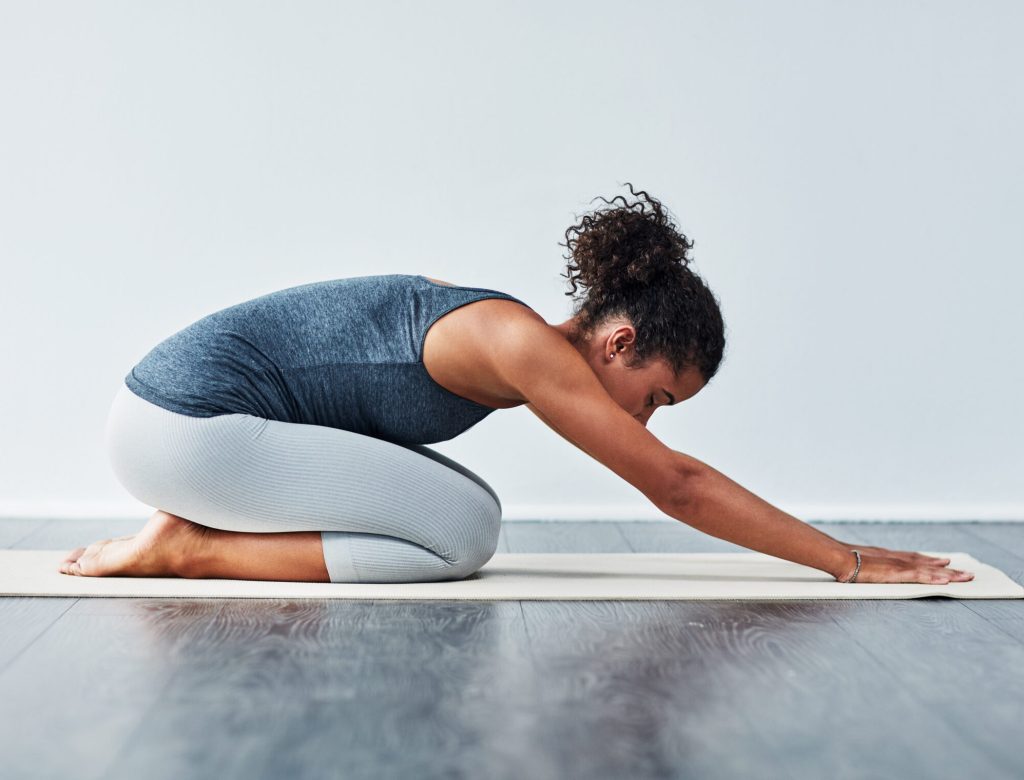
Here are the two yoga poses that you can try at home.
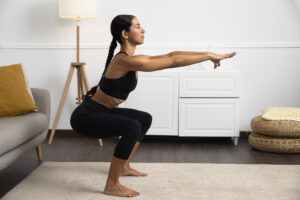
While sitting in a chair may sound simple and comfy, sitting in an imaginary chair can be challenging! This yoga pose stimulates the flow of energy and strengthens the hips, spine, and chest muscles.
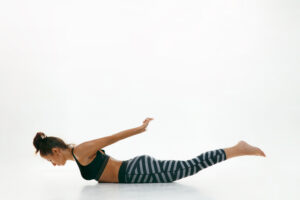
Locust pose
The Locust pose boosts energy and body mobility while also increasing flexibility and strengthening arms, shoulder, and back. Additionally, with energy-boosting this yoga position soothes and tones the abdominal organs, thereby facilitating digestion.
You can also try nostril breathing or Plank pose to boost your energy.
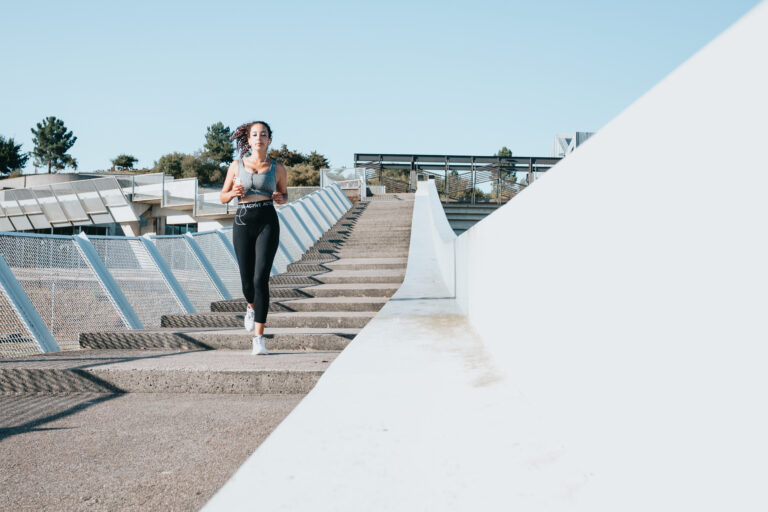
Simply put, running makes you feel good – even if you are unable to run for a longer period. Ten minutes of aerobic exercise like running releases mood-enhancing hormones named endorphins,” These hormones help boost energy even hours later. so, a brief lunchtime run may make you feel just as good as a longer one.
Weight lifting is a type of strength training that not only provides energy to the muscles but also increases the number of endorphin levels responsible for energy provision and improves your overall mood4.
You don’t have to go to the gym to do some weight lifting, any type of strength exercise including squatting, Push-ups, and planks will do the work. You can also buy some resistance bands, kettlebells and dumbbells to perform weight lifting exercises at home.
Single sets of 12-15 repetitions are sufficient to gain muscle strength and are just as effective as three complete sets of the same activity without weights. Aim for 20–30-minute workouts 2-3 times a week. You will see a noticeable improvement in strength and energy levels.
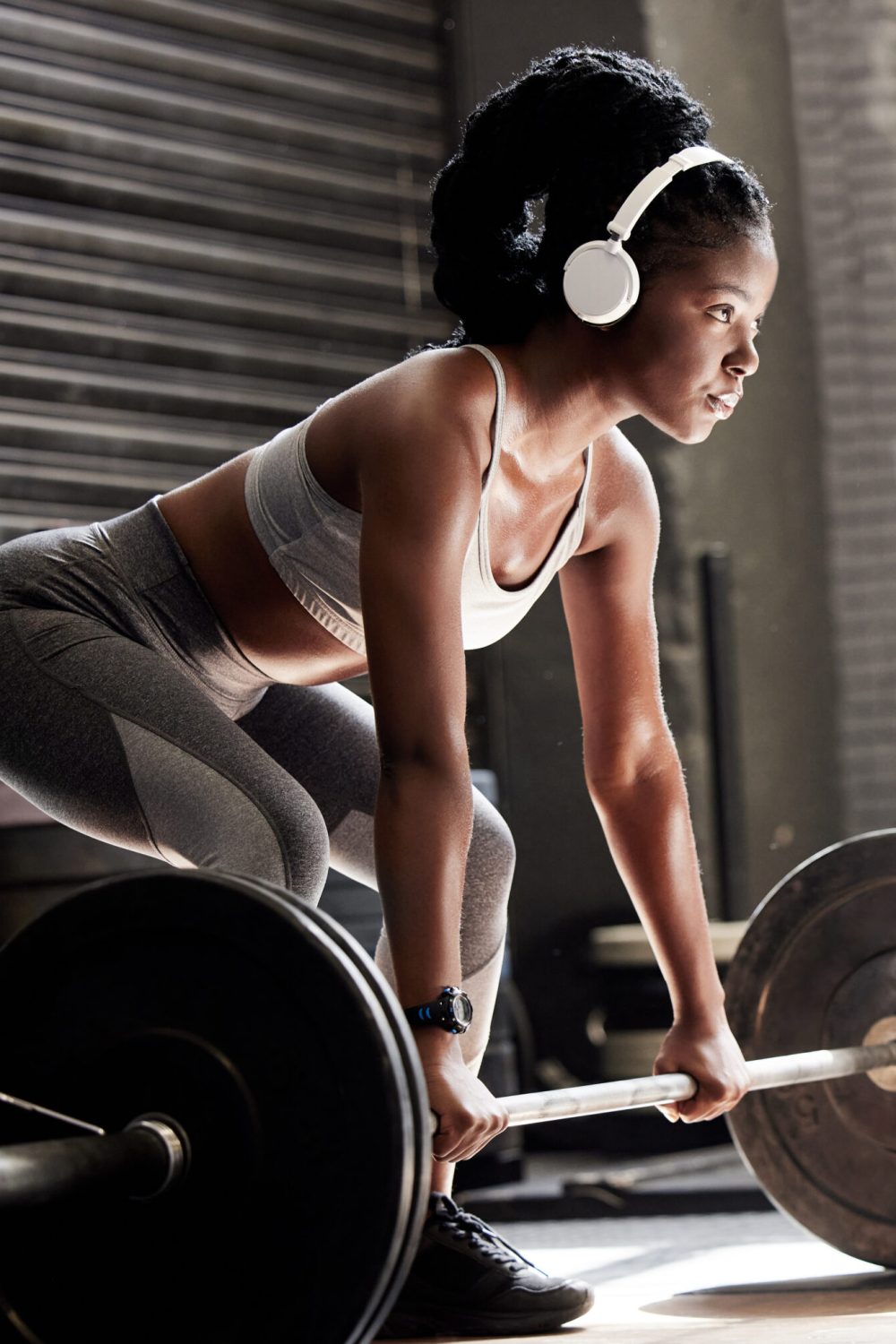

Interval training is a technique that involves alternating periods of intense activity and rest. It enhances both speed and physical endurance. It increases physical strength (using heavyweight with few reps), muscular endurance (using lightweight with many reps), and boost overall energy5.
For 30 seconds, pedal as hard and quickly as possible on a stationary bike. Then pedal for two to four minutes at a slow, relaxed speed. This sequence should be repeated for 15 to 30 minutes.
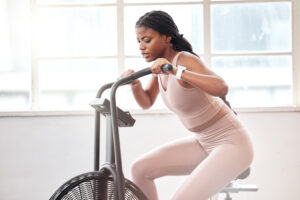
Squatting
For 30 to 90 seconds, perform squat jumps as rapidly as possible. Then, for 30 to 90 seconds, stand or walk. Repeat this pattern for a total of ten to twenty minutes.
